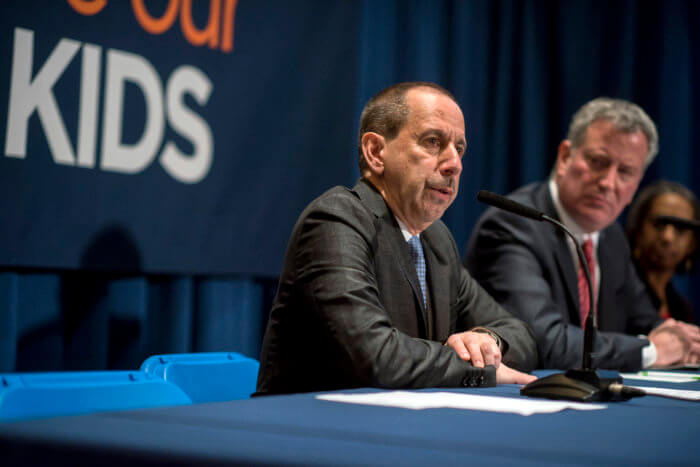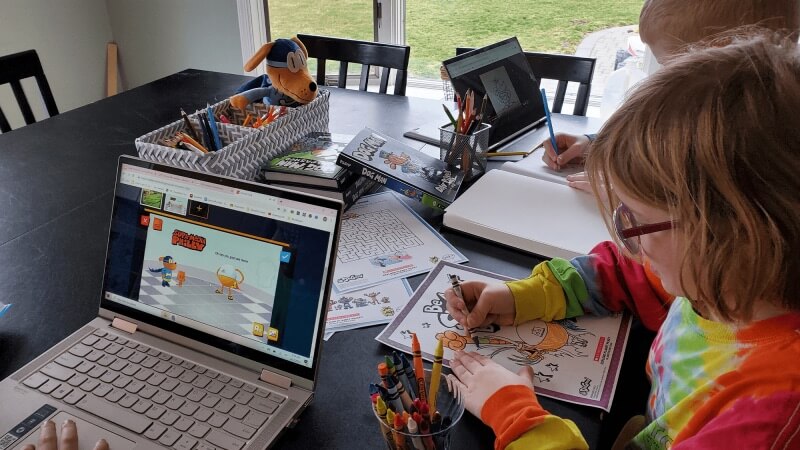More than one-third of children in the New York City foster care system identify as LGBTQ and those individuals face greater hardship across their daily lives than non-LGBTQ youth, according to a new survey unveiled by the city’s Administration for Children’s Services (ACS).
The survey, which featured responses from 659 participants between 13 and 21 years of age in the foster care system between September and November of last year, found that 34 percent of youth in ACS are LGBTQ compared to what ACS stated were just 24 percent of New York City’s overall youth population identifying as queer and 14.6 percent of youth nationwide.
When broken down by gender identity, 13 percent of youth in the foster care system identify as transgender. By sexuality, 13.5 percent identify as bisexual or pansexual, 5.6 percent are lesbian or gay, 4.8 percent are questioning, and 2.7 percent employ “other labels” in self-identifying.
ACS pledges to move ahead with action plan to address adversity facing queer youth
Although similar numbers already have been established in other foster care-related studies, the researcher who led the survey said in a written statement that the high proportion of LGBTQ youth in foster care “surprised me.”
“Why LGBTQAI+ youth are overrepresented is unfortunately something that this study cannot tell us,” said the lead researcher, Dr. Theo Sandfort, a professor of clinical sociomedical sciences in the Department of Psychiatry at Columbia University’s Vagelos College of Physicians and Surgeons.
When comparing the proportions of LGBTQ and non-LGBTQ populations, the numbers were similarly distributed across racial and ethnic lines with some variation. For example, a majority of LGBTQ individuals in the foster care system, at 58 percent, are Black, and the percentage of non-LGBTQ Black youth is roughly the same. And individuals of other races yielded similar results.
Nineteen percent of LGBTQ foster kids are of more than one race, 14 percent are white, 5.2 percent are American Indian or Alaskan Native, 2.2 percent are Asian, and 1.5 percent are Native Hawaiian or Pacific Islander.
Latinx individuals, classified separately from the racial breakdown categories in this study, make up 43.9 percent of the population of LGBTQ youth and represent 39.4 percent of non-LGBTQ kids in the foster care system.
Among other findings in the survey, LGBTQ youth in general encounter more adversity in their daily lives than non-LGBTQ youth.
Notably, 20 percent of LGBTQ youth have been criticized for “dressing too feminine” or “too masculine,” while 24 percent report negative encounters with police — nearly seven percent more than the general population.

Furthermore, LGBTQ youth are more likely to be sent to a group home or residential care instead of being placed in family-based care, and queer youth are not as likely to be satisfied with their placement. In yet another sign that families continue to reject LGBTQ youth, queer foster kids’ family members are less likely to be supportive and a smaller percentage of queer youth say there are non-family adults who support them.
The survey also found that queer youth are more likely to have experienced homelessness, which is among multiple risk factors associated with greater incidence of depression, according to thre research. Strikingly, 51.8 percent of LGBTQ youth said they recently have had little interest or pleasure in doing things compared to 31.5 percent of non-LGBTQ youth.
“The relatively lower well-being among LGBTQAI+ youth found in this study is something that we see in LGBTQAI+ youth in general,” Sandfort said. “However, this lower well-being also seems to result from more negative experiences that LGBTAQI+ youth have in foster care. It is important to further understand what the specific needs of LGBTQAI+ youth in foster care are and how they can best be addressed.”
The comprehensive findings prompted the city to outline a plan of action to address the disparities in the years ahead. ACS first pointed to existing policies in place intended to support LGBTQ youth in foster care, including the establishment of an Office of LGBTQ Policy and Practice in 2012 and the adoption of a new policy that year requiring queer youth to have appropriate bathroom access and hygiene products.
ACS also started directing agencies to recruit and support LGBTQ-affirming foster homes and subsequently opened an Office of Equity Strategies in 2017 that included an LGBTQ equity strategies director responsible for serving LGBTQ children and investigating anti-LGBTQ discrimination.
In response to the survey, ACS is pledging to follow through on three broad goals: reducing unnecessary admissions of LGBTQ youth in foster care, increasing placements with relatives and reducing group home placements, and working to improve the well-being of queer foster kids.
ACS is also vowing to move ahead with eight key objectives: update the “LGBTQAI+ Youth in Care Policy,” revisit and bolster staff training on LGBTQ issues, increase services and support for queer youth, form a dedicated “LGBTQAI+ Committee” on the ACS Youth Leadership Council, do more to recruit LGBTQ-friendly foster parents, conduct further studies, and advocate for LGBTQ-affirming policies in collaboration with national advocacy groups.
“We look forward to implementing our multi-pronged action plan, which will help us strengthen our policies and practices to improve the overall health and well-being of LGBTQAI+ youth in care,” ACS Commissioner David A. Hansell said in a written statement. “It is our hope that this work will serve as a national model for jurisdictions across the country so that all LGBTQAI+ youth in care get the services and support they need to succeed.”
To sign up for the Gay City News email newsletter, visit gaycitynews.com/newsletter.































